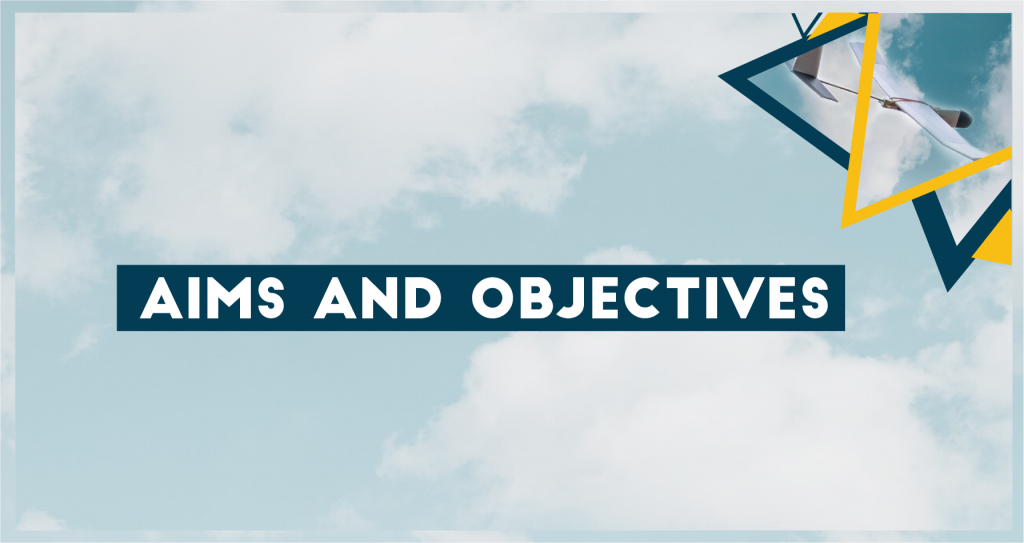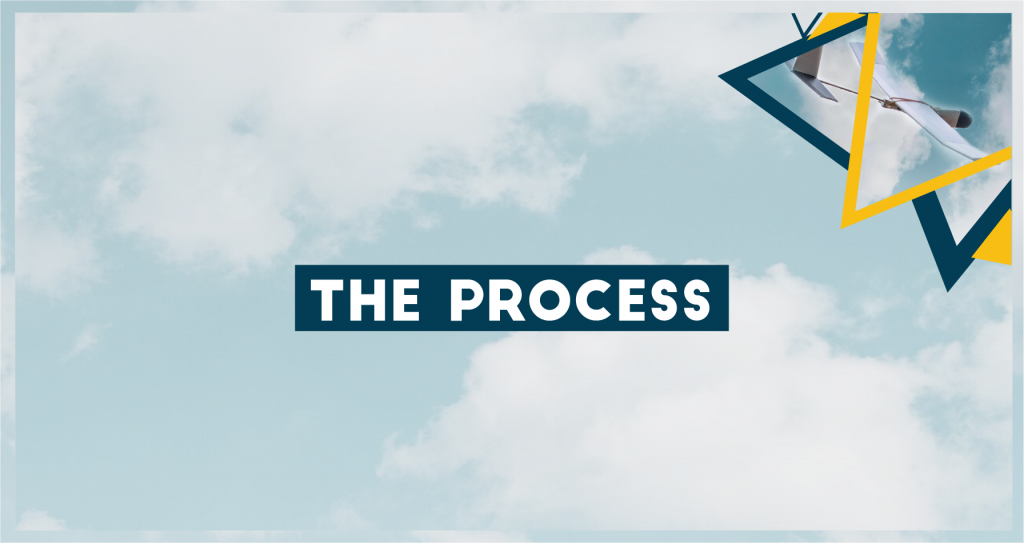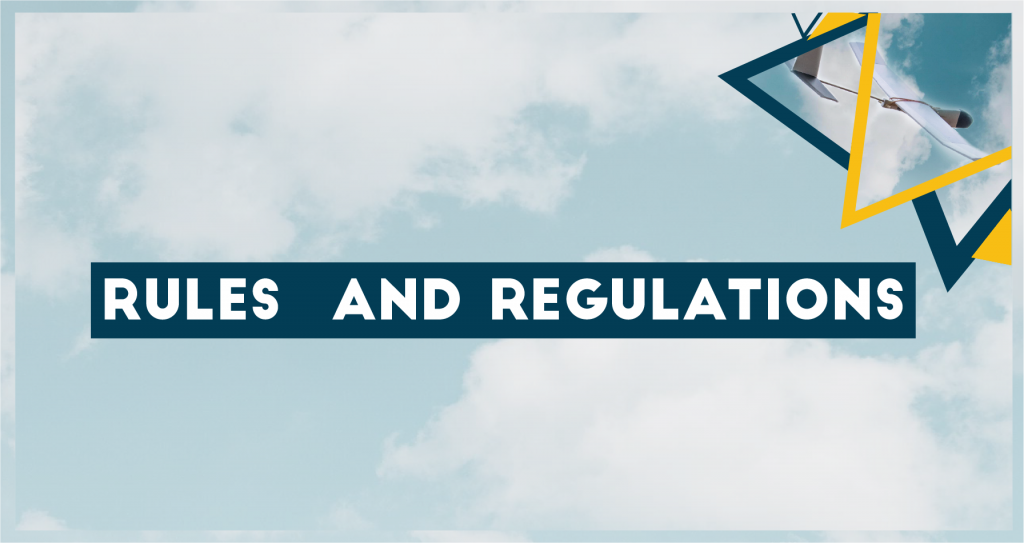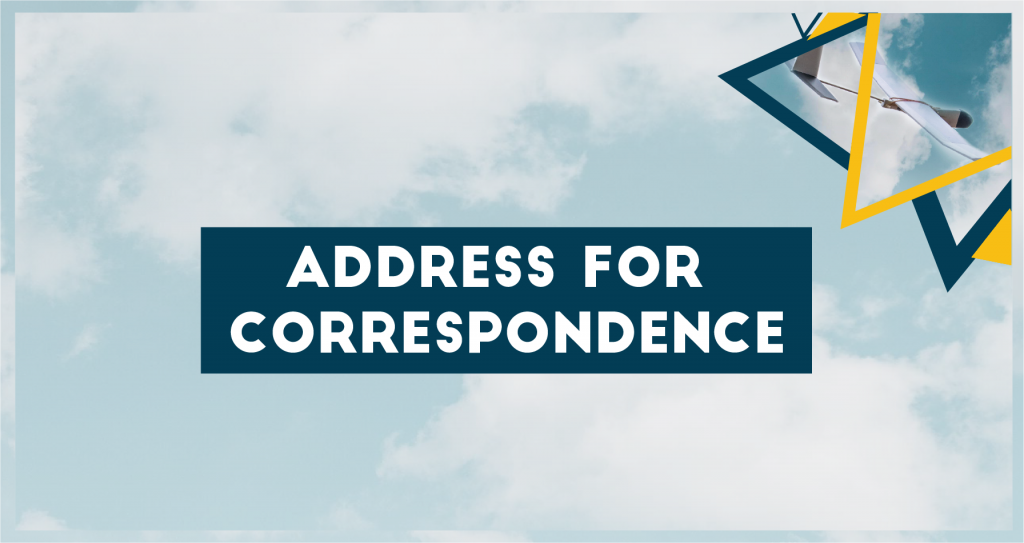
On December 17, 1903, two brothers, Wilbur and Orville Wright, became the first humans to fly a controllable, powered aeroplane. To unravel the mysteries of flight, the Wright brothers built and experimented extensively with model gliders. Gliders are aircraft without motors or a power source. Building and flying gliders helped the Wright brothers learn and understand the importance of weight and balance in aeroplanes.
2. AIMS & OBJECTIVES
To enable students to use science process skills to explore ideas, design concepts and techniques in aviation through the practical application of basic aerodynamics.
• Enable students to develop, construct and fly their own model gliders.
• Encourage students to explore ideas and come up with solutions by working in teams.
• Develop creativity and innovation among young people through fun activities related to Science and Technology.
• Inspire students to study engineering and increase their awareness of careers related to aeronautics.
3. WHO CAN PARTICIPATE?
The contest is open to students of all secondary schools in Mauritius as follows:
Category 1: Grade 10
Category 2: Grade 12
Participants should work in teams of FOUR students under the guidance of ONE Supervising Teacher/Mentor.
Only one team per school is allowed to participate in each category.
Students who have opted for Science/ Mathematics/ Design and Technology and even non-science subjects (Art/Languages and Social Sciences) are invited to participate as long as they are interested in making a model glider.
4. THE PROCESS
STEP 1- Register [15 January 2024]
Supervising teachers of each team must register online by following the link below or scanning the QR Code. https://form.jotform.com/232681266145558
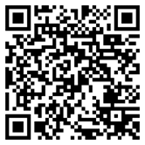
Deadline for ONLINE Registration: 13 February 2024
STEP 2 – Workshop for participants [28 – 29 February 2024 ]
Participants will be requested to attend a half-day training workshop at the end of February to empower them to work on their projects. Design and construction parameters, including the selection of materials, will be explained. Furthermore, experienced pilots and model aircraft designers will provide advice on the general aerodynamic layout of the models.
STEP 3 – Prototyping and testing at school [March 2024]
Following the workshop, supervising teachers will train and guide their teams in designing and constructing their model gliders. Teams will have to keep a logbook to keep track of their progress.
STEP 4 – Evaluation of Model Glider [April 2024]
Preliminaries will start after the submission of all competing gliders. The model gliders and their logbooks will be evaluated. Your logbook must be submitted and will be kept by RGSC.
Download logbook:http://tinyurl.com/msekuup6
STEP 5 – Finals [3 May 2024]
The best teams will be invited to display and fly their model gliders during the finals. They will be allowed to hand launch their gliders a maximum of three times only. Teams will be given achievement certificates based on the maximum distance reached.
Venue: Côte d’Or National Sports Complex
Judging is a two-part process where marks are gained from:
• Preliminaries: The Model Glider
The design of the glider and logbook will be evaluated. The use of commercial kits or published plans is not allowed, the design must be your own. Previous model gliders that have been entered in previous competitions should NOT be used.
• Finals: Flight Distance
Flying performance: Each team will be allowed a maximum of three hand-launched flights, of which the flight which achieves the longest distance will score.
5. PRIZES
Winning teams of each category will be awarded prizes as follows:
Prizes | |
First Prize | Captain Richard Twomey Award+Cash Prize of Rs 10 000 |
Second Prize | Cash Prize of Rs 5 000 |
Third Prize | Cash Prize of Rs 3 000 |
CERTIFICATES
Certificates of participation will be given to all teams who submit their logbook along with their model glider during the preliminaries.
Finalists will be given certificates of achievement as follows:
Certificates | |
Gold Certficate | Best Flight Distance > 35 m |
Silver Certificate | Best Flight Distance > 25 m |
Bronze Certificate | Best Flight Distance > 10 m |
6. RULES AND REGULATIONS
1. Each team should consist of 4 students of Grade 10 or Grade 12 in the respective category.
2. A maximum of 1 team per school per category will be accepted.
3. A glider has no engine. No radio or other forms of the remote control are permitted.
4. Supervising teachers should mentor students from the beginning to the finals of the project.
5. Teams who submit their logbook along with their model glider during the preliminaries will be awarded a certificate of participation.
6. All up weight of the model in flying conditions, including its nose weight, must be between 50g and 200g. The lower limit (50g) will rule out paper planes or balloons and the upper (200g) will prevent dangerous flying bricks. The model’s measured wingspan (again as ready to fly) must be between 60 cm and 100 cm. Wingspan means the extent of the lifting surfaces of the model. The overall length of the glider must not exceed 80 cm.
7. Although balsa wood and doped tissue or plastic covering is an obvious choice, any construction materials may be used, as long as the weight limits are observed. A foam/plastic known as “Depron”, which is available locally, is a recommended alternative.
8. No change of students or supervising teacher in the team will be allowed after 16 February 2024.
7. ADDRESS FOR CORRESPONDENCE
Director
Rajiv Gandhi Science Centre,
Old Moka Road, Bell Village
Tel: 2132773, Fax: 2132726
Email: education@rgsctf.org Website: rgsc.govmu.org


